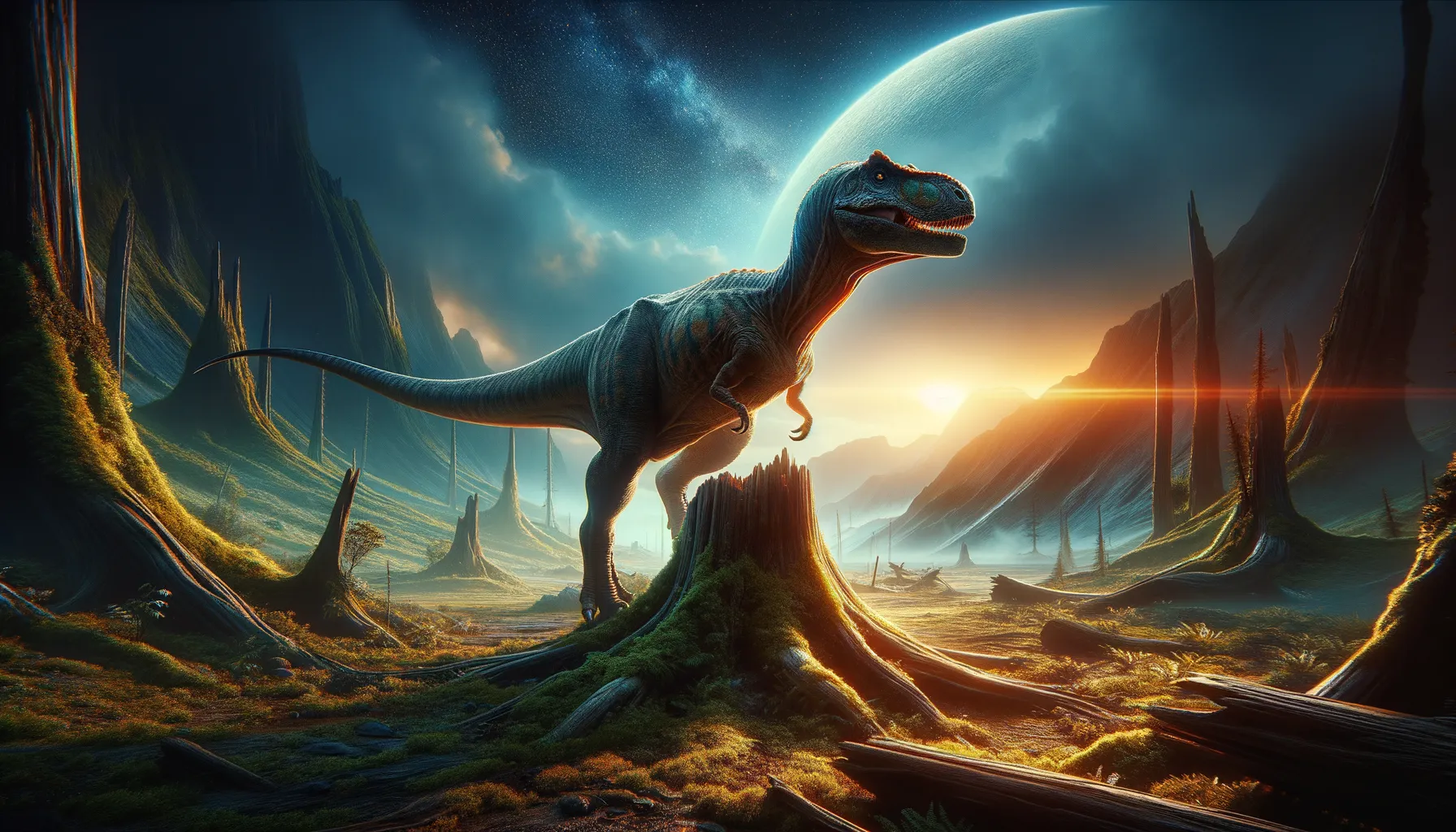
Stereocephalus
A mystery yet to be unraveled.
Period
Unknown
Length
Data is unavailable due to insufficient evidence.
Height
No confirmed findings to provide height information.
Weight
Details are not available due to lack of evidence.
Stereocephalus appears to be a name that hasn't been validated or is a misidentified dinosaur species. As an unsubstantiated or obsolete finding, we lack concrete details to provide a vivid description. With no precise fossil evidence or scientific records, this dinosaur remains largely unknown in the paleontological community. Scientists often reevaluate historical names and findings, which might result in some creatures being renamed or reclassified.
Diet
Due to a lack of fossil evidence, insights into its diet cannot be accurately determined. It remains speculative without more scientific data.
Hunting
As its existence is uncertain, details regarding its hunting behavior are unavailable. Without fossilized remains or evidence, it's difficult to apply typical predatory or foraging behaviors.
Environmental challenges
Given Stereocephalus' ambiguous scientific status, environmental challenges it may have faced remain speculative. Were it to have existed, its environment might have seen climate shifts impacting flora and fauna. Without concrete evidence, understanding specific challenges is impossible.
Speed
Unknown, as no definitive fossil evidence exists.
Lifespan
Unknown, lacked substantial evidence.
First discovery
Not discovered, possibly a misclassification.
Fun Facts
- Stereocephalus is a lesser-known dinosaur that once roamed what is now South America.
- The name 'Stereocephalus' means 'solid head', highlighting the dinosaur's distinctive thick skull.
- It is believed that Stereocephalus might have used its tough head in battles to ward off predators or rivals.
- Stereocephalus was a herbivore, feeding on the lush vegetation that existed during its time.
- Interestingly, the thick head might have also been used for display purposes during mating rituals.
- Fossils of Stereocephalus help scientists understand more about dinosaur biodiversity in ancient ecosystems.
Growth and Development
The non-conclusive evidence means that growth patterns or developmental stages remain unknown. Paleontologists typically study bone patterns for such insights, which are not available here.
Habitat
Without verifiable fossils or research, its specific habitat preferences and geographical distribution are unknown. However, any study would start by examining common characteristics of similar eras.
Interaction with other species
Due to the lack of evidence, interactions with other species can't be identified. Such information typically relies on fossil records indicating group dynamics or predator-prey relationships.
Natural lifespan
The lifespan remains elusive without concrete fossil evidence.
Reproduction
Details on its reproductive habits or biology can't be provided without more evidence. Typically, paleontologists infer such data from fossilized eggs or nests.
Social behaviour
There is no available evidence to elucidate its social behavior. Insights usually come from trackways or nearby fossil finds, which are absent.
Fossil locations
There are no verified locations where fossils attributed to 'Stereocephalus' have been found. The lack of definitive discovery led to its uncertain status.
